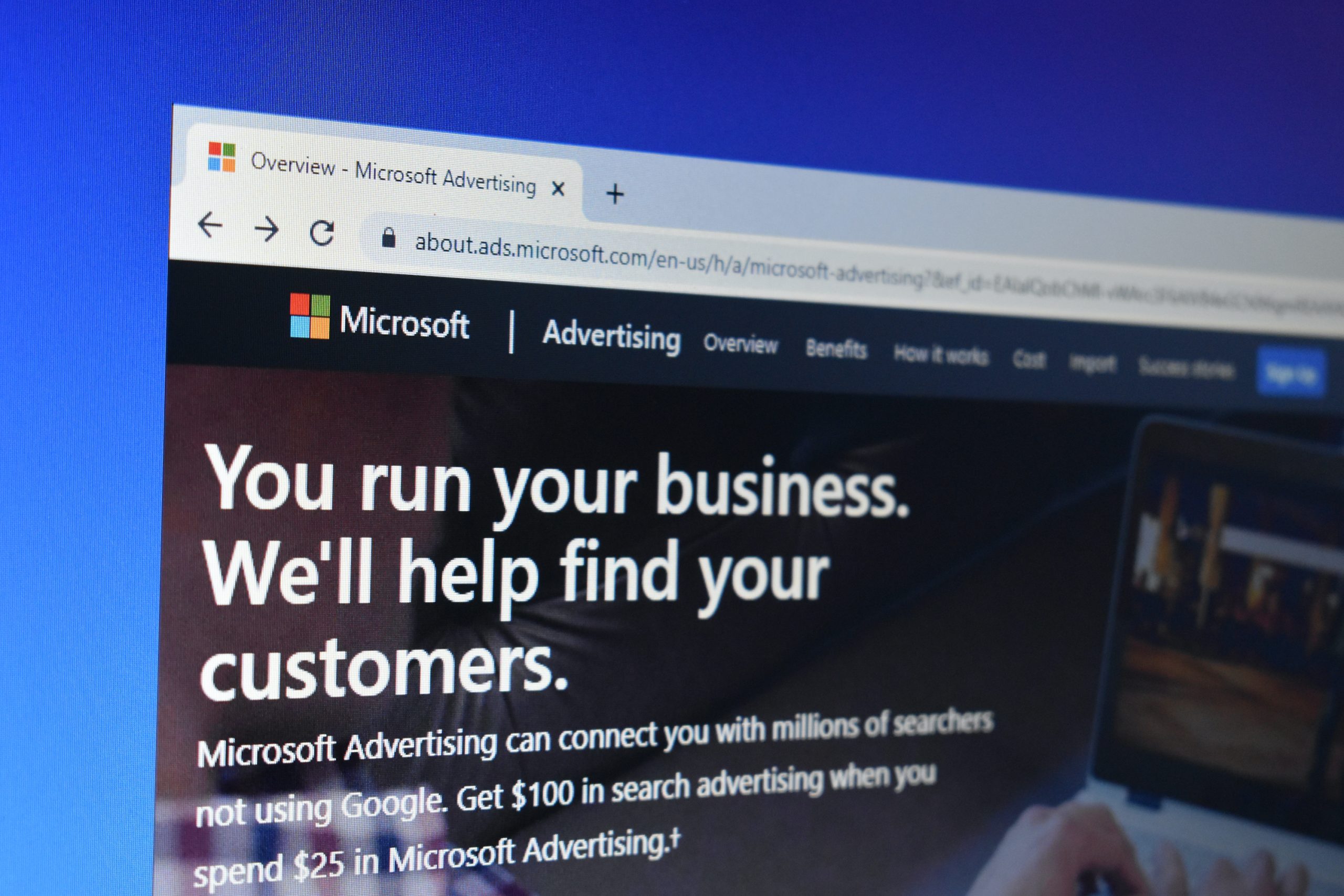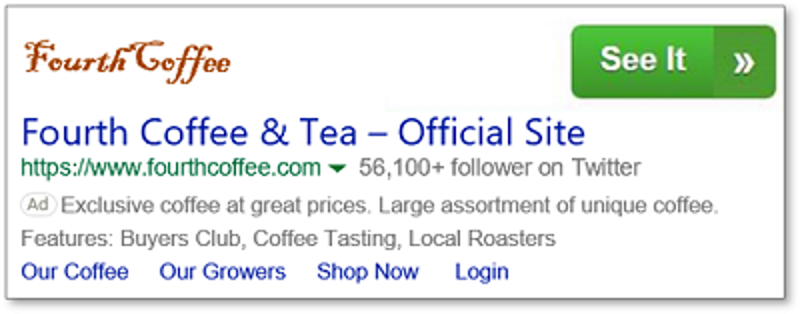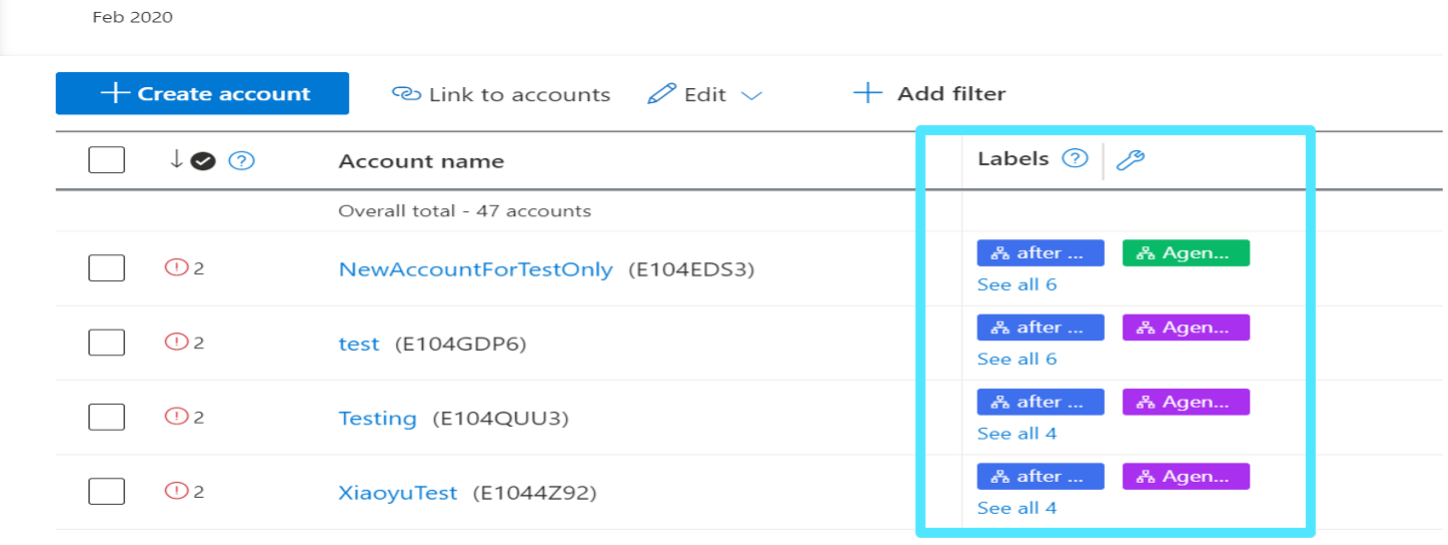Microsoft announced a list of new product updates and releases for Advertisers including a new bid strategy, manager-account labeling, new automated extensions, extended brand safety protections, and updates to Unified Campaigns. Here’s what you need to know!
Microsoft Ads Announces Target Impression Share
Microsoft Ads announced the release of Target Impression Share strategy, mirroring that of Google Ads. Microsoft Ads will automatically set your bids based upon where you want your ads to appear and your Target Impression Share.

Advertisers can choose that they’d like to show anywhere on the page, meaning that they don’t care which position they are in on the first page, “Top of page”, meaning they want to show in the first set of ads that appear on the first SERP, or “Absolute top of the page” meaning that they want to be the very first ad in the SERP.
Advertisers can set a Max CPC limit but it may restrict volume, depending on the other settings that have been selected.
Target Impression Share is a good bid strategy for folks who prioritize visibility, though it may cost more.
For search campaigns, you can use the experiments feature to run A/B bidding strategy tests to get a clear read on which bidding strategy performs best for your goals.
New automated extensions
Starting in August, Microsoft is launching new automated extensions, which will be available to all advertisers.
- Dynamic Location extensions will pull in location information from advertiser location extensions and Bing Maps
- Dynamic Multimedia extensions will append multimedia assets, such as images and videos (begins flighting in early 2022)
- Syndication Decorations are automated buttons or enhancements that partners use to entice clicks
All advertisers will have the ability to opt-in or out of any of these extensions.
Account Labeling
For advertisers using an MCC, Microsoft Ads is rolling out manager account-level labels. These allow advertisers tag accounts, campaigns, ads, and keywords in your management scope with labels and also allow you pivot your reports and insights with those labels.
Track product-specific conversions with product conversion goals
Advertisers using Shopping Campaigns or other feed-based campaigns will now be able to create product conversion goals.
What is a product-specific goal and when is it used? According to Microsoft, it can work in two different ways:
A customer clicks an ad for Product A, navigates away without purchasing, subsequently clicks an ad for Product B, but ends up purchasing Product A. Normally, this conversion would be attributed to the ad for Product B because that was the ad last clicked. However, with the product conversion goal, you can track this as a conversion for the ad for Product A.
Alternatively, for retailers participating in product-specific goals, they can also attribute conversions at the brand level. According to Microsoft:
A customer clicks an ad for Product A (Brand X), but ends up purchasing Product B (Brand X). Normally, no conversion would be reported. However, with the product conversion goal for brands, you can track this as a conversion for Brand X. You must have Microsoft Shopping Campaigns for Brands set up for this scenario.
Integral Ad Science platform-wide brand safety protection now available globally
Microsoft announced a partnership with Integral Ad Science (IAS) last September. The goal of this partnership was to add more brand protection options on the Microsoft Audience Network. This is now available globally in the markets where the Microsoft Audience Network is available: United States, United Kingdom, Canada, France, Germany, Australia, and New Zealand.
Changes to Unified Campaigns
Lastly, Microsoft Advertising announced a host of updates for unified campaigns based upon feedback from early adopters.
- Instagram posting: Users can now post to their Instagram accounts from the social media section of unified campaigns.
- Updates to access management and user invitation: unified campaigns users can now invite other Microsoft Advertising users to have access to and manage their accounts.
- A new billing experience: unified campaigns users can now use the same billing pages as Expert mode users.
- Updates to the campaign management experience: Microsoft notes that they’ve received user feedback and made several tweaks to improve the usability of unified campaigns, such as always visible overview information during campaign creation.
- Last but not least, users of unified campaigns are now able manage multiple sub-accounts underneath a single parent account. Manager accounts are able to:
- Create multiple unified campaigns accounts underneath the same manager account.
- Create a mix of unified campaigns and expert mode accounts underneath the same manager account.
- Link to and from manager accounts that contain a combination of unified campaigns and expert mode account.




